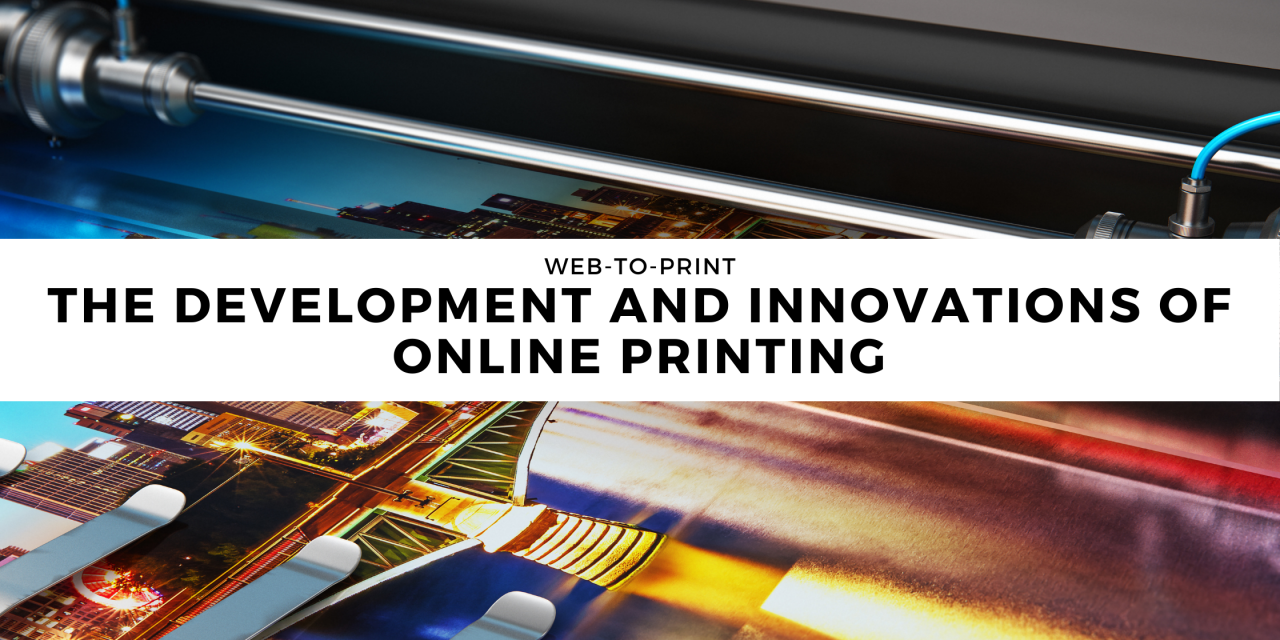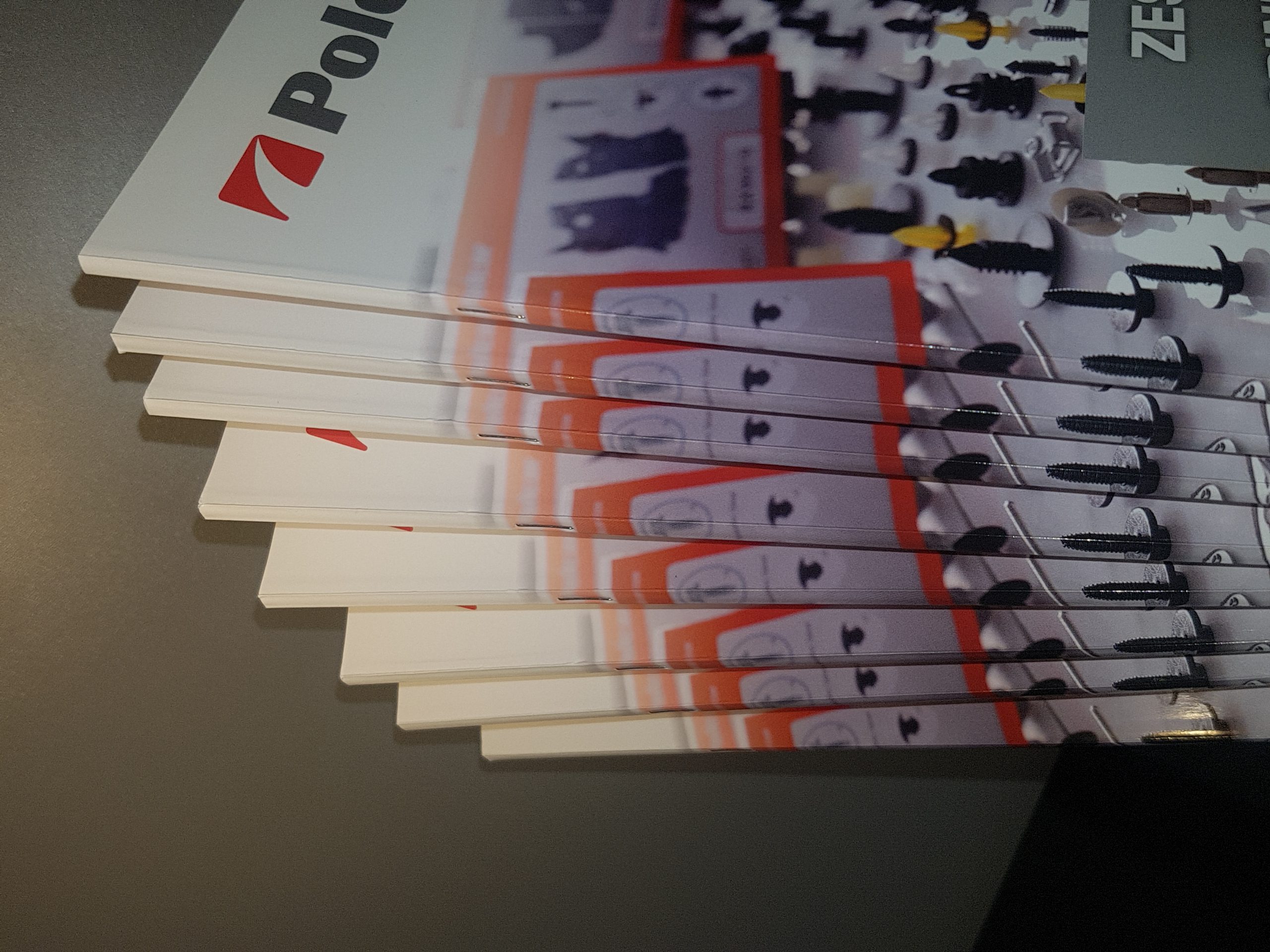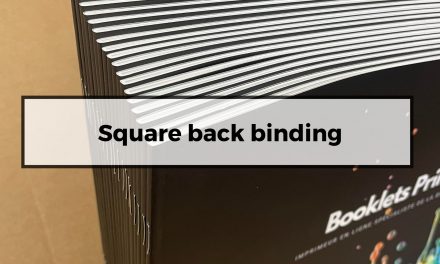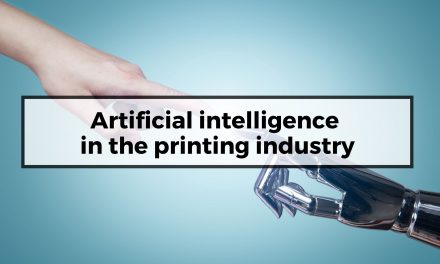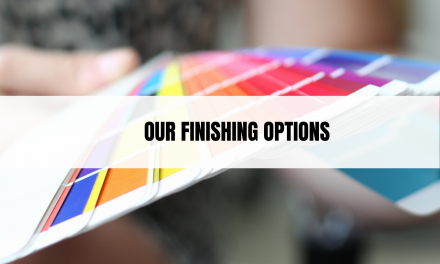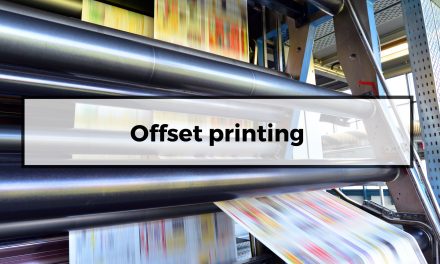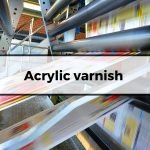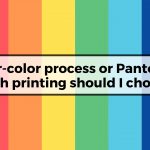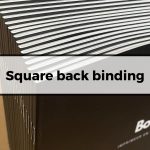Web-to-print is a business model that involves selling printed products through an online platform, where customers from any industry can order the most diverse types of products.
A recent industry analysis (Global Web-to-Print Industry, Report Linker, July 2020) estimates that the global web-to-print market was worth nearly $1 billion in 2020 ($983.4 million) and forecasts that it could reach a size of $1.5 billion by 2027, growing at a compound annual growth rate of 6.6% over the period 2020-2027.

Born with the development of websites and digital payment services, web-to-print, also known as online printing, has grown exponentially over the years. It has driven certain changes in the global printing industry that have completely transformed it, such as print-on-demand (POD, a printing service that involves producing a book or other product to order, even in small quantities), and increased its competitiveness.
Web-to-Print has also been a brand since 1999. The first company to formalize this new way of doing business is Belmark Inc, a Wisconsin-based label printing company that identified it as its “end-to-end digital printing solution for fast, small quantity packaging orders.”
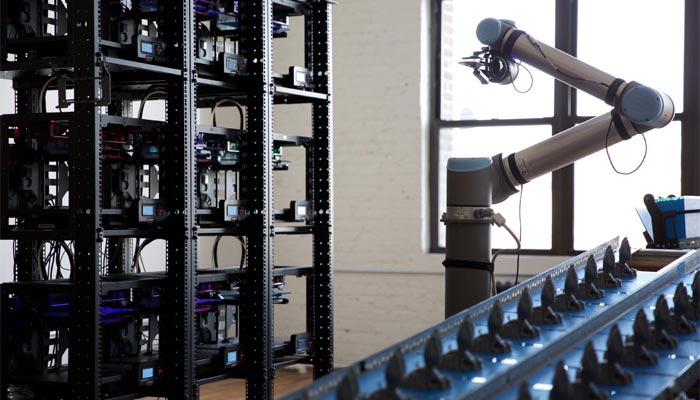
The hallmarks of this new form of printing are: quickness, customization, flexibility and technological innovations applied to production. E-commerce printing must necessarily rely on automated workflows to reduce human involvement to a bare minimum.
Profit margins on web-to-print prints are slim for the printer, so it is necessary to optimize production processes to maximize profit. This involves an automated workflow from user click through presses to print delivery.
Another effect of the growth of web-to-print is the increased demand for UV curing technology due to the growing demand for printing inks that offer a soft or textured feel. The UV curing technology reduces printing time as it essentially eliminates the drying time of the print and reduces ink consumption, thus meeting two imperatives of e-commerce printing: speed and cost optimization.
The pros of web-to-print
If we analyze the evolution of web-to-print, we see that the production process has changed.
This model was successful because it allowed them to dramatically expand their target market: web-to-print reaches a geographically unlimited audience and, as a result, in a short period of time the customer base grew tremendously. On-time payment was the key to success, allowing printers to have the necessary resources to make new investments in the most advanced and efficient technologies.
Along with the boom of web-to-print, the race to the lowest price is a trend that has developed in the printing world. Thus, printers, who are seeing their profit margins shrink, must optimize their production processes in order to maximize their profits. This involves automated workflows, from the user’s click to the delivery of the print, through the generation of the quote and the set-up of the printing presses.


